The Craft Beer Market is currently characterized by a dynamic competitive landscape, driven by a blend of innovation, regional expansion, and strategic partnerships. Major players such as Anheuser-Busch InBev (BE), Molson Coors Beverage Company (US), and Boston Beer Company (US) are actively reshaping their operational focus to adapt to evolving consumer preferences. Anheuser-Busch InBev (BE) has been particularly aggressive in its approach to innovation, launching a series of new craft-style beers aimed at attracting younger demographics. Meanwhile, Molson Coors Beverage Company (US) has emphasized sustainability in its operations, integrating eco-friendly practices into its brewing processes. Boston Beer Company (US) continues to leverage its strong brand identity while exploring new market segments, particularly in the hard seltzer category, which complements its craft beer offerings. Collectively, these strategies contribute to a competitive environment that is increasingly focused on differentiation through quality and brand loyalty. The breweries industry plays a central role in this transformation
The Craft Beer Market exhibits a moderately fragmented structure, with numerous small and medium-sized breweries competing alongside larger corporations. Key business tactics such as localizing manufacturing and optimizing supply chains are becoming increasingly prevalent. For instance, many companies are establishing regional breweries industyr to reduce transportation costs and enhance freshness, thereby appealing to local consumer bases. This localized approach not only strengthens brand loyalty but also allows for greater responsiveness to market trends, further intensifying competition among key players.
In August 2025, Heineken N.V. (NL) announced a strategic partnership with a prominent local brewery in the Pacific Northwest, aiming to enhance its craft beer portfolio. This collaboration is significant as it allows Heineken to tap into the growing craft beer segment while leveraging the local brewery's established market presence and consumer loyalty. Such partnerships are indicative of a broader trend where larger corporations seek to integrate local flavors and brewing techniques into their offerings, thereby enriching their product lines and appealing to craft beer enthusiasts.
In September 2025, Sierra Nevada Brewing Co. (US) launched a new line of organic beers, reflecting a growing consumer demand for sustainable and health-conscious options. This initiative not only aligns with current market trends but also positions Sierra Nevada as a leader in the organic craft beer segment. The strategic importance of this move lies in its potential to attract environmentally conscious consumers, thereby expanding the company's market share in a competitive landscape increasingly focused on sustainability.
In October 2025, Lagunitas Brewing Company (US) unveiled a digital platform aimed at enhancing customer engagement through personalized experiences and direct-to-consumer sales. This digital transformation is crucial as it allows Lagunitas to gather valuable consumer insights and tailor its offerings accordingly. The integration of technology into the craft beer experience signifies a shift towards more interactive and consumer-centric business models, which could redefine competitive dynamics in the market.
As of October 2025, the Craft Beer Market is witnessing a convergence of trends such as digitalization, sustainability, and the integration of artificial intelligence in operations. Strategic alliances are increasingly shaping the competitive landscape, enabling companies to pool resources and expertise to innovate more effectively. Looking ahead, competitive differentiation is likely to evolve from traditional price-based competition to a focus on innovation, technology, and supply chain reliability. This shift underscores the importance of adaptability and responsiveness in a market that continues to evolve rapidly.


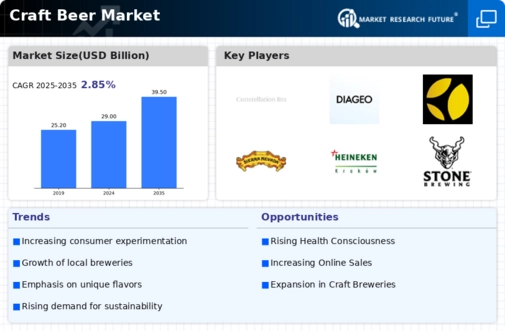
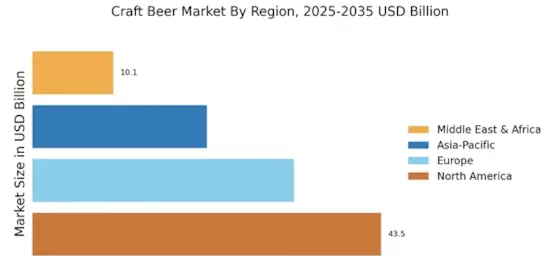
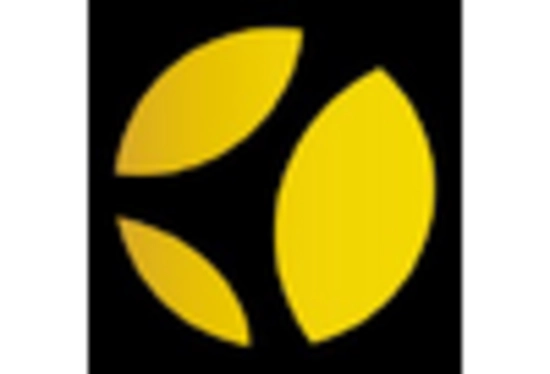
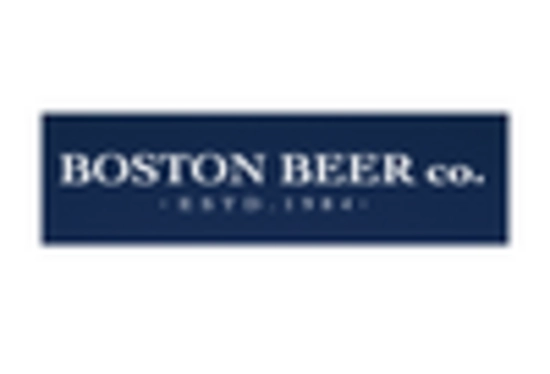
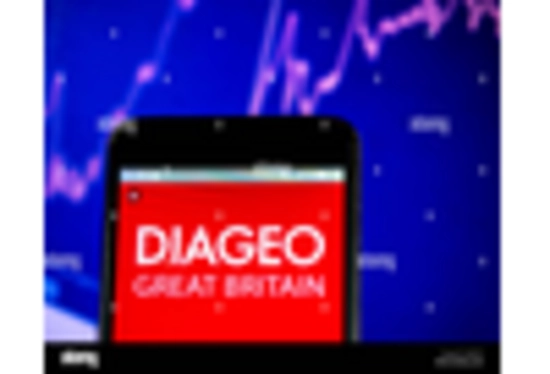
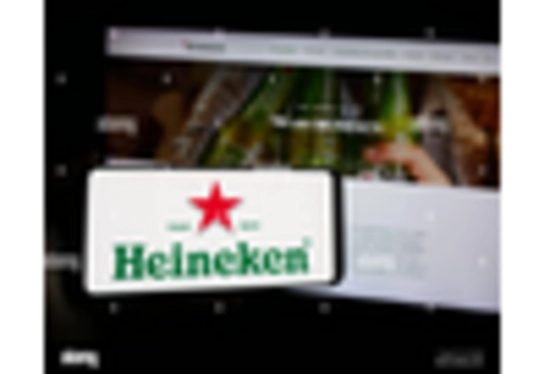
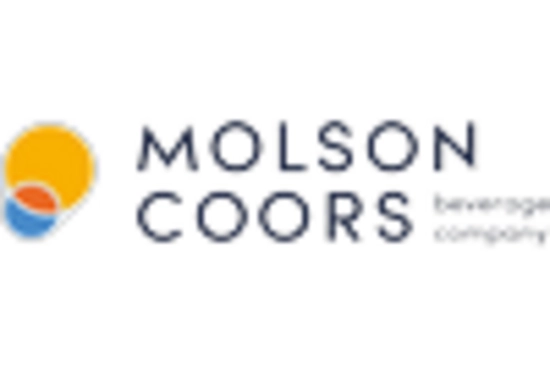
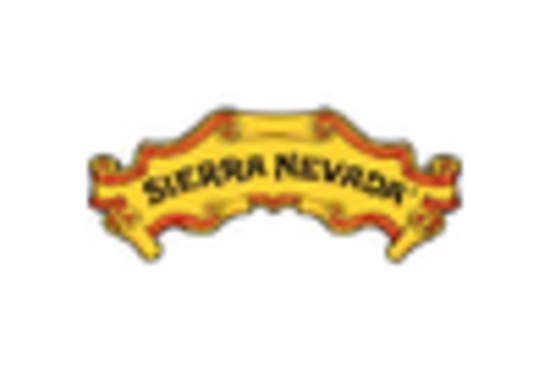








Leave a Comment